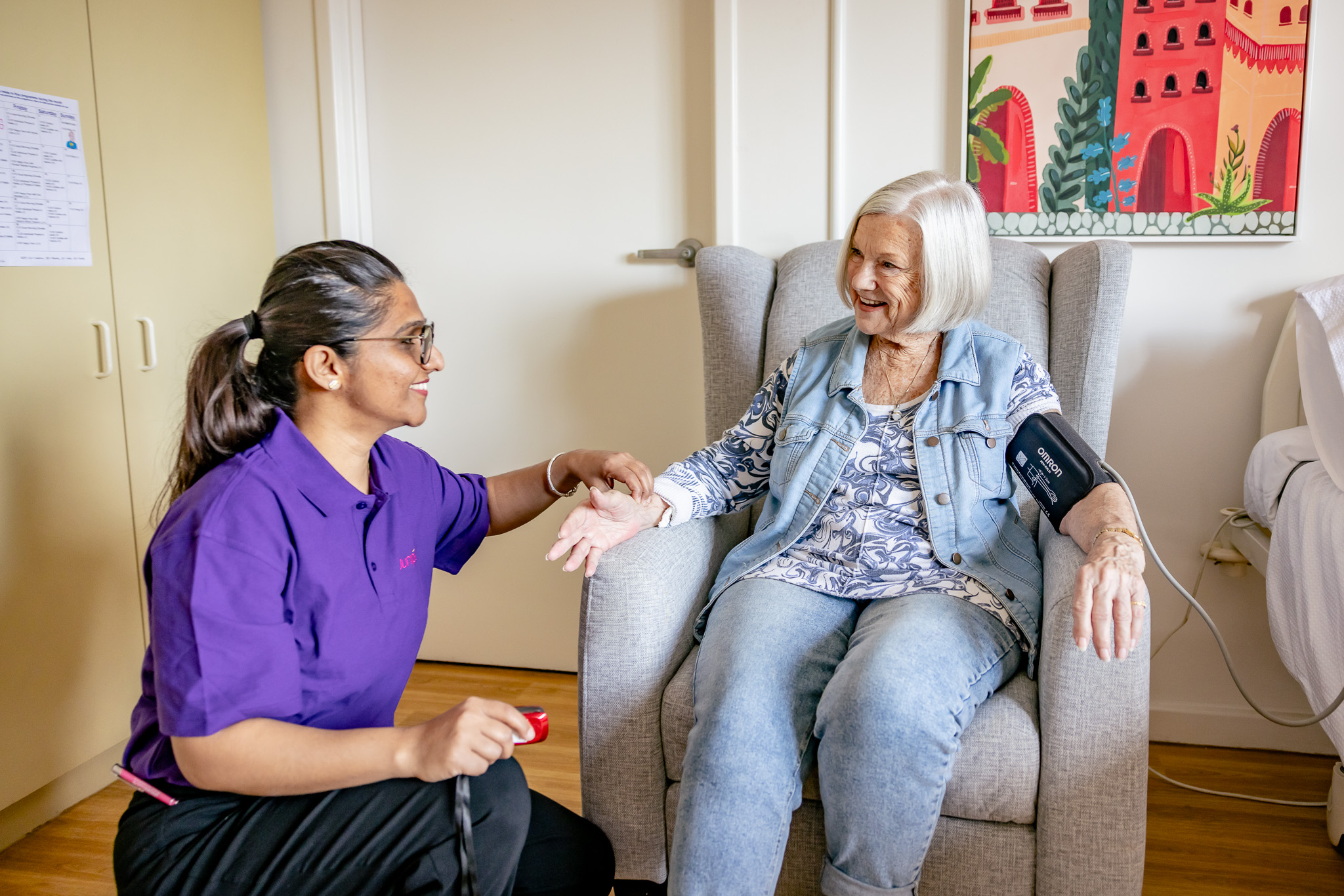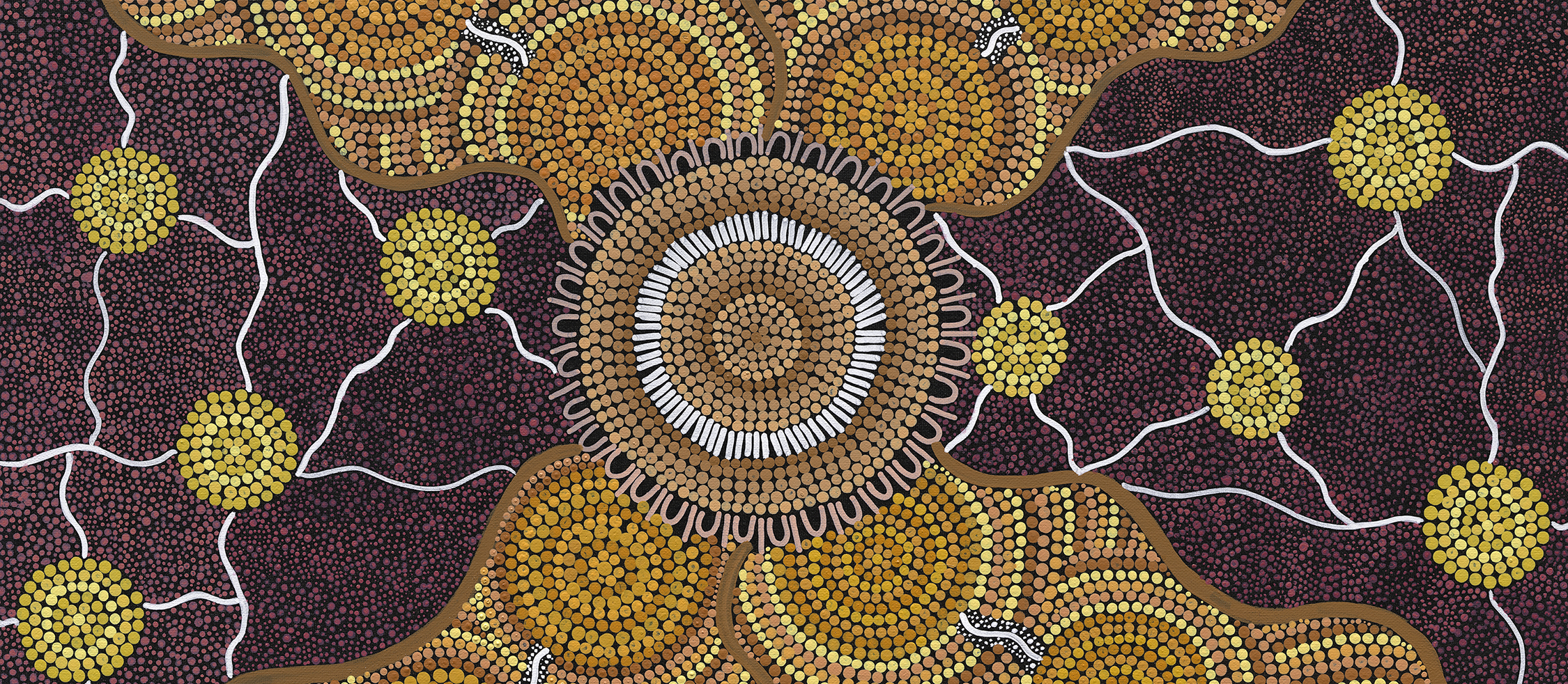Support at Home: What is the difference?
Whether you are a new or existing customer, these are some of the key differences between the Home Care Package and Support at Home programs.
Contributions
Customers will contribute to the cost of some assessed services but not others. A portion will be paid by the customer, and the remainder will be paid as a subsidy, to the provider.
Clinical Services: no contribution required.
 Nursing such as medication management, continence support, wound care, catheter care, comprehensive health assessments.
Nursing such as medication management, continence support, wound care, catheter care, comprehensive health assessments. Physiotherapy to maintain strength, assist rehabilitation, support independence and improve general wellbeing.
Physiotherapy to maintain strength, assist rehabilitation, support independence and improve general wellbeing. Occupational therapy to prevent falls, assess for health aids and equipment and home modifications, cognitive screening.
Occupational therapy to prevent falls, assess for health aids and equipment and home modifications, cognitive screening.
Independence services: moderate contributions required
 Personal care such as support with showering, dressing, continence, personal hygiene and beauty routines.
Personal care such as support with showering, dressing, continence, personal hygiene and beauty routines.
Everyday living services: higher contributions required
 Shopping and meal planning and preparation
Shopping and meal planning and preparation Essential light Gardening
Essential light Gardening Essential light cleaning and household tasks
Essential light cleaning and household tasks
Contribution rates
The Australian Government has released indicative contribution rates, summarised in the table below, but we recommend reading the Participant contribution levels section of the Support at Home handbook for more details.
Customer contributions are assessed using income and assets by Services Australia and are set as a percentage of the price of each service:
|
Clinical care |
Independence |
Everyday living |
| Full pensioner |
0% |
5% |
17.5% |
| Part pensioner |
0% |
5% – 50%
Based on income and assets assessment. |
17.5% – 80%
Based on income and assets assessment. |
| Self-funded retiree (holding or eligible for a Commonwealth Seniors Health Card). |
0% |
5% – 50%
Based on income and assets assessment. |
17.5% – 80%
Based on income and assets assessment. |
| Self-funded retiree (not eligible for a Commonwealth Seniors Health Card). |
0% |
50% |
80% |
New Funding Classifications
Customers will be assigned to one of 10 new funding classifications (levels of funding), based on their assessed care needs. These include eight classifications of ongoing support and two short-term pathways for restorative care and end-of-life care.
Pricing guidance
From 1 July 2026, there will be price caps that providers must not exceed. These price-caps are based on advice from the Australian Government and the Independent Health and Aged Care Pricing Authority.
The government’s pricing framework, created in collaboration with providers, ensures transparency. Prices must cover all service delivery costs, and providers must publicly list standard rates on their websites and My Aged Care profiles by 1 July 2025.
Until 1 July 2026, providers will continue to set their own prices for services as they have done for the Home Care Packages (HCP) Program.
Quarterly Budgets
Annual funding will be divided into four equal quarterly budgets (every three months).
Unused funds from each quarter (up to $1,000 or 10%, whichever is higher) can be rolled over into the next quarter.
Care Management and Package Management fees
A care management fee of 10% will be set aside to cover care planning and coordination support. Package Management fees will be removed and incorporated into service pricing.
If you are an existing Juniper customer, your Customer Care Lead will be called your Care Manager.
What does a Care Manager do?
Your Care Manager listens to what matters most to you, learns about your goals and preferences, and works with you to understand how best to support your wellbeing.
Helps develop a personalised care plan that reflects your goals, lifestyle and needs.
Organises services based on your approved care needs. These services could include clinical, independence or everyday living support
- Stays in regular contact and keeps your plan up to date
They will regularly review your care plan and adjust services if your needs have changed.
Specified service options
There will be a specified services list to ensure clarity for customers and providers on available support options. Options for clinical care and support for independence and everyday living will be determined by assessment.
A New Single Assessment System will be introduced to streamline the assessment process and determine appropriate funding classifications and service types under Support at Home.
Assistive Technology (AT) & Home Modifications (HMS) to support independence.
Support at Home will offer upfront access to assistive technology and home modifications through a separately funded, nationally consistent scheme.
If you have unspent funds that you transferred from your Home Care Package, these must be used before receiving new Assistive Technology and Home Modification funds.
What are home modifications?
Parts of your home can be modified to make it safer and more accessible. This could include grab rails in the bathroom or near steps, non-slip flooring, stair lifts and chairs or widened doorways for wheelchairs.
What is assistive technology?
Assistive technology are tools that support independence and daily tasks such as walking aids (frames, canes), wheelchairs and mobility scooters, adaptive cutlery, personal alarms to detect falls, and bed sensors.


